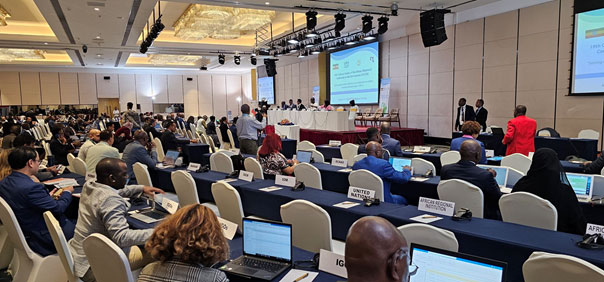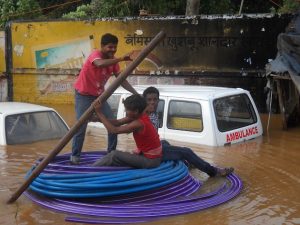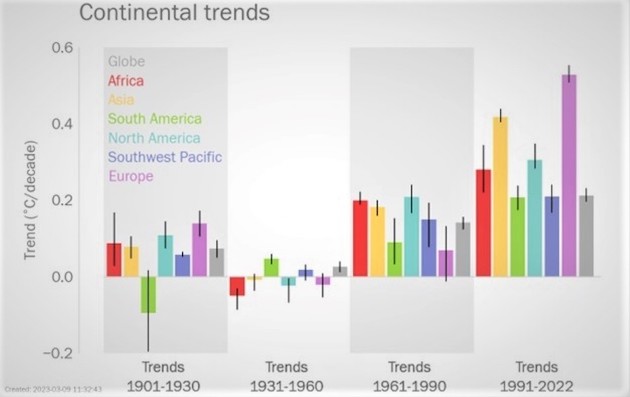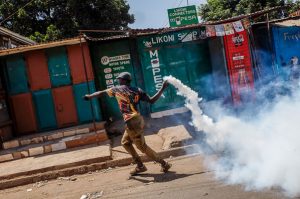TEL AVIV, Israel, Aug. 15, 2023 (GLOBE NEWSWIRE) — REE Automotive, Ltd. (NASDAQ: REE) ("REE" or the "Company"), an automotive technology company and provider of electric vehicle platforms and EVs, announced today it will release its second quarter 2023 financial results before market open on Tuesday, August 29, 2023.
A webcast and conference call will be held on the same date at 8:30 a.m. Eastern Time to review the Company's financial results for the second quarter of 2023, discuss recent events and conduct a question–and–answer session.
The live webcast of the conference call can be accessed on the Investors section of the Company's website at investors.ree.auto. Click here for webcast URL.
The conference call will be accessible domestically or internationally, by pre–registering in the link provided at investors.ree.auto. Upon registering, each participant will be provided with a Participant Dial–in Number, and a unique Personal PIN. For the telephone conference online registration click here.
About REE
REE Automotive (Nasdaq: REE) is an automotive technology company that allows companies to build electric vehicles of various shapes and sizes on their modular platforms. With complete design freedom, vehicles "Powered by REE" are equipped with the revolutionary REEcorner which packs critical vehicle components (steering, braking, suspension, powertrain and control) into a single compact module positioned between the chassis and the wheel, enabling REE to build the industry's flattest EV platforms with more room for passengers, cargo and batteries. We believe that REE platforms are future proofed, autonomous capable, offer a low TCO, and drastically reduce the time to market for fleets looking to electrify. To learn more visit www.ree.auto.
Contacts
Kamal Hamid
VP Investor Relations
+1 303–670–7756
investors@ree.auto
Media
Keren Shemesh
Chief Marketing Officer
media@ree.auto

GLOBENEWSWIRE (Distribution ID 8895293)




